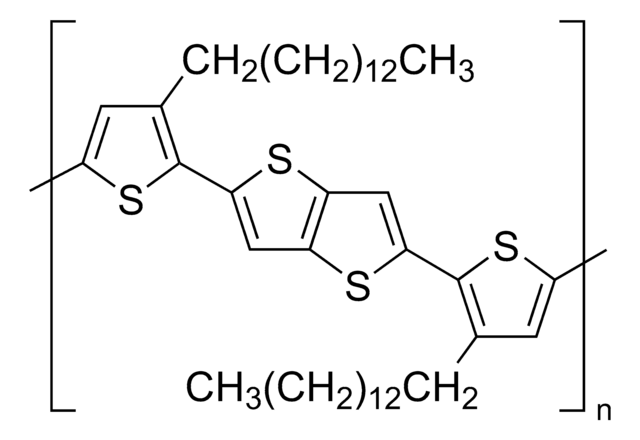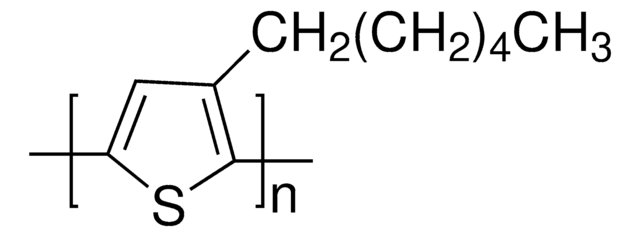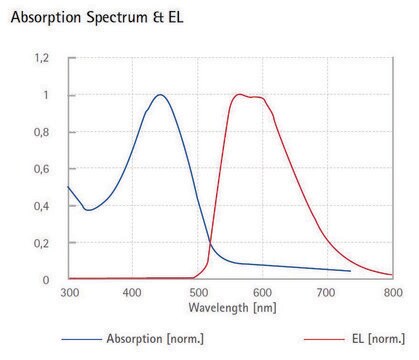510831
Poly(3-octylthiophene-2,5-diyl)
regiorandom
Synonym(s):
P3OT
About This Item
Recommended Products
mol wt
average Mn 22,000
average Mw 36,600
color
red
mp
198-211 °C
solubility
chloroform, methylene chloride, toluene, and THF: soluble
fluorescence
λex 419 nm; λem 550 nm in chloroform
OPV Device Performance
ITO/PEDOT:PSS/P3OT:PC61BM (1:2)/LiF/Al
Looking for similar products? Visit Product Comparison Guide
General description
Application
Rechargeable battery electrodes, electrochromic devices, chemical and optical sensors, light-emitting diodes, microelectrical amplifiers, field-effect transistors and non-linear optical materials.
Features and Benefits
Packaging
Legal Information
Rieke is a registered trademark of Rieke Metals, Inc.
Storage Class Code
11 - Combustible Solids
WGK
WGK 3
Flash Point(F)
Not applicable
Flash Point(C)
Not applicable
Personal Protective Equipment
Choose from one of the most recent versions:
Already Own This Product?
Find documentation for the products that you have recently purchased in the Document Library.
Customers Also Viewed
Articles
Light-Emitting Polymers
Polymer Semiconductors for Intrinsically Stretchable Organic Transistors
Our team of scientists has experience in all areas of research including Life Science, Material Science, Chemical Synthesis, Chromatography, Analytical and many others.
Contact Technical Service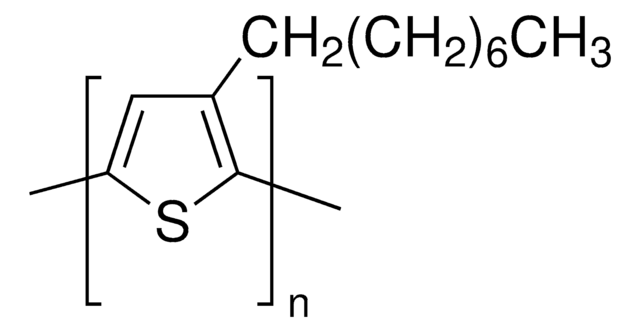
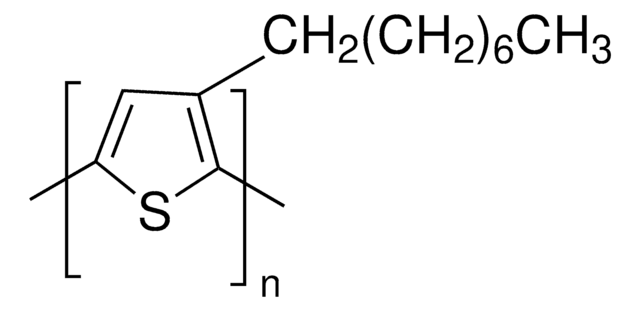
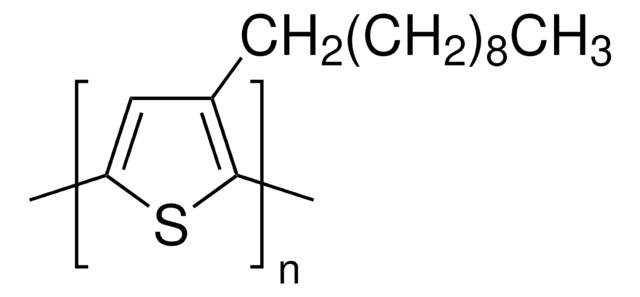


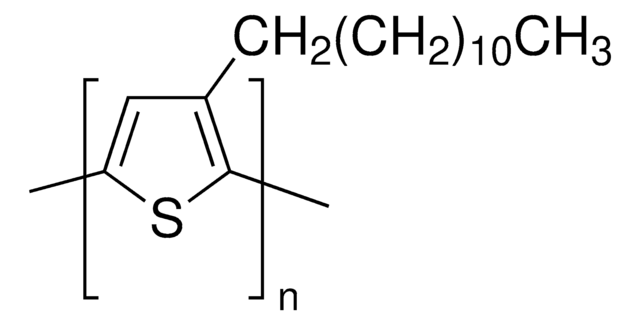


![Poly[2-methoxy-5-(2-ethylhexyloxy)-1,4-phenylenevinylene] average Mn 70,000-100,000](/deepweb/assets/sigmaaldrich/product/structures/344/488/b8f8179d-3970-4deb-a754-adda88cdb36f/640/b8f8179d-3970-4deb-a754-adda88cdb36f.png)
